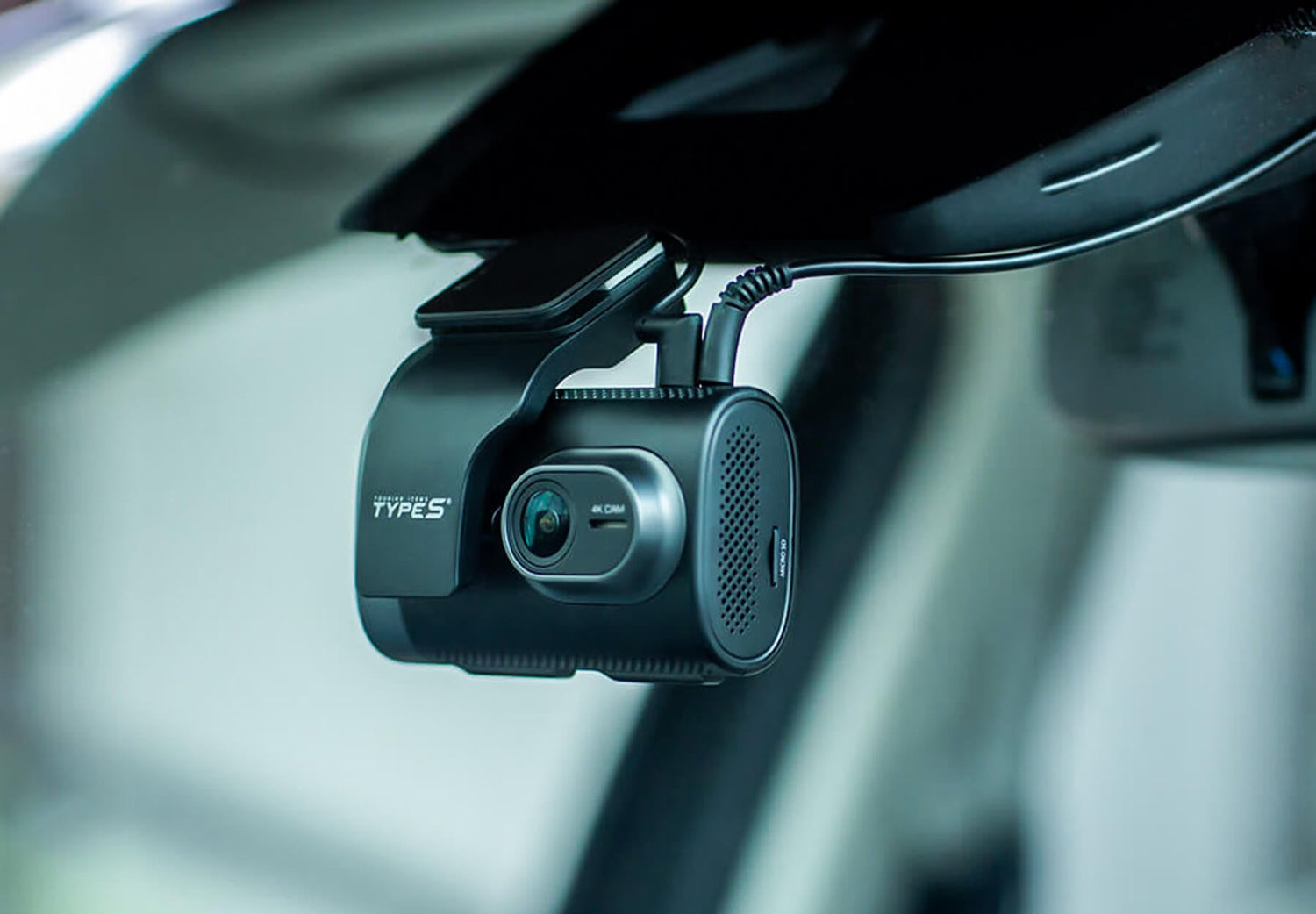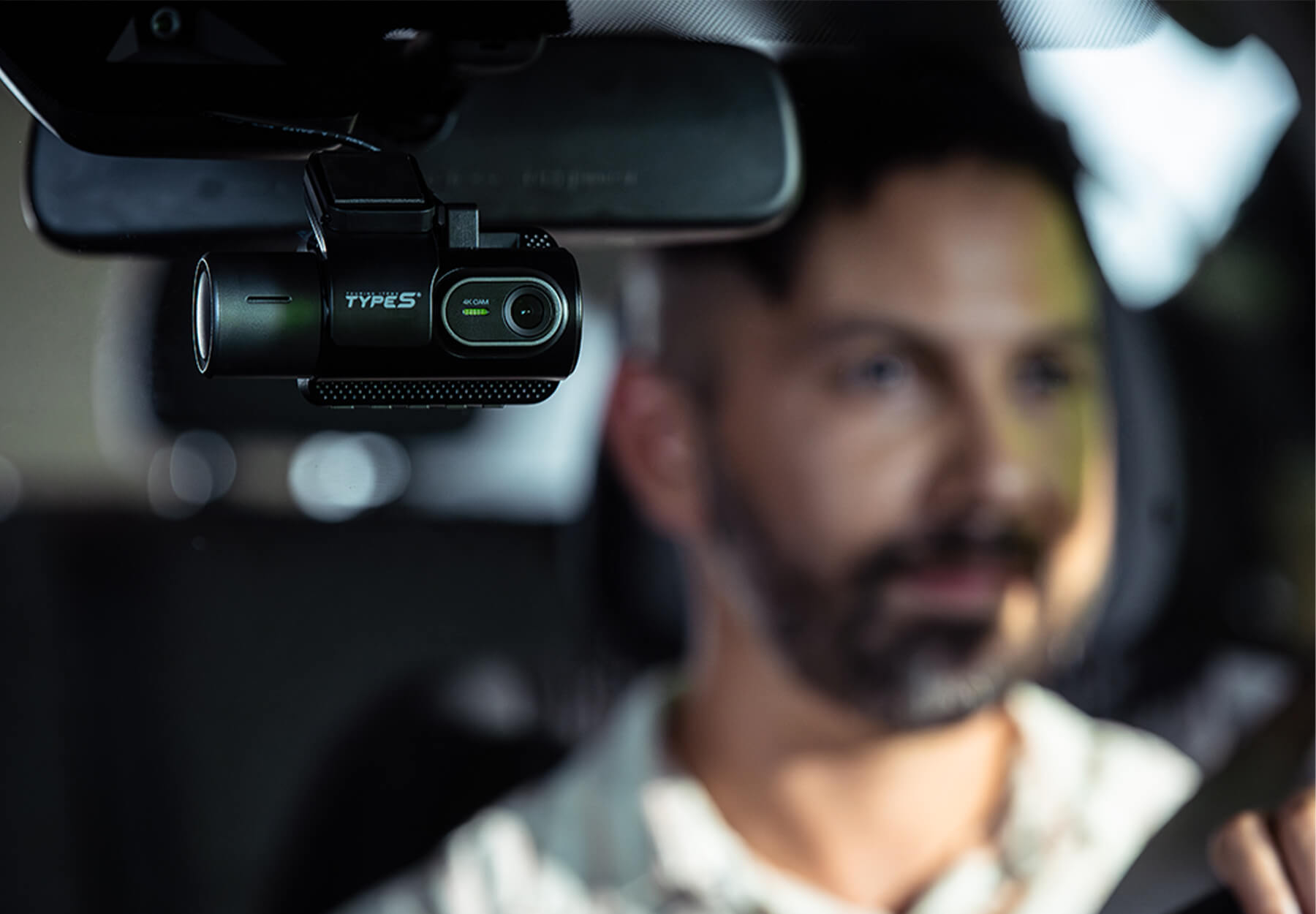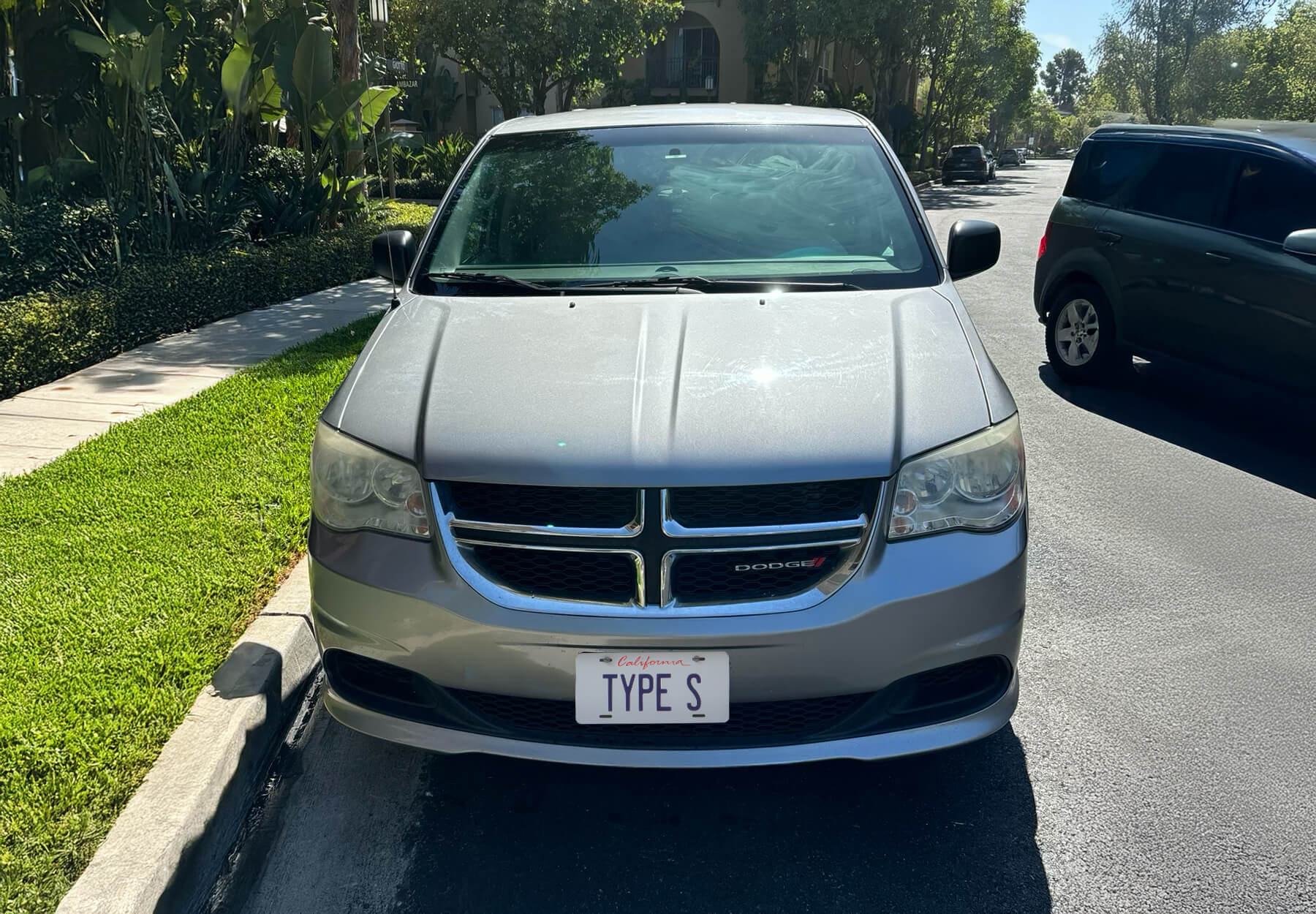How to Hardwire your Dash Cam - Step by Step Installation Guide
Hardwiring a dash cam can provide a seamless experience, allowing your camera to operate with advanced features such as parking mode and continuous recording. By directly connecting the dash cam to your vehicle’s fuse box, you'll ensure it powers up automatically with the ignition and can even stay active when the car is off, depending on the settings. In this guide, we'll walk you through the process of hardwiring a dash cam, using a fuse tap hardwiring kit like the TYPE S Hardwiring Kit (AC533513) as an example.
Why Hardwire Your Dash Cam?
There are several benefits to hardwiring your dash cam:
- Parking Mode: Allows the camera to record events while your vehicle is parked, such as hit-and-run accidents or vandalism.
- Automatic Start: The camera powers on and off with the ignition, so you never have to worry about missing crucial footage.
- Cleaner Setup: Hardwiring eliminates the need for messy cables plugged into the cigarette lighter or USB ports.
What You’ll Need
- Dash cam
- Fuse tap hardwiring kit (e.g., TYPE S Hardwiring Kit (AC533513))
- Fuse puller or needle-nose pliers
- A multimeter (optional, for checking fuse type and power)
- Trim removal tool (optional, for tucking wires neatly)
- Zip ties (optional, for wire management)
Step-by-Step Hardwiring Process
-
Locate Your Vehicle’s Fuse Box
Most vehicles have fuse boxes located under the dashboard or in the engine compartment. You’ll want to use the interior fuse box for this installation. Consult your vehicle’s manual to find the exact location.
-
Identify a Suitable Fuse Slot
Using your fuse puller or pliers, remove a fuse that is linked to an accessory that turns on and off with the ignition (like the radio or windshield wipers). This is where you'll connect the ACC (accessory power) wire. Additionally, locate a fuse that is constantly powered for the constant power connection (often related to interior lighting or horn functions).
-
Install the Fuse Tap
The hardwiring kit includes a fuse tap, which allows you to piggyback off an existing fuse to safely power your dash cam. Insert the fuse you removed into the fuse tap slot, and then insert the fuse tap into the original fuse location.
-
Connect the Hardwiring Kit
The hardwiring kit you are using includes three primary wires:
- Red wire (ACC): This wire connects to the fuse slot for accessory power. It ensures your dash cam powers on and off with the vehicle’s ignition.
- Yellow wire (Constant power): This wire connects to a fuse that provides constant power, which is necessary if you want your dash cam to run in parking mode.
- Black wire (Ground): This needs to be connected to a metal ground point on your vehicle, such as an unpainted bolt or screw.
Use a crimp connector or a grounding ring to secure the black ground wire to a solid grounding point.
-
Tuck and Route the Wires
Carefully route the wires along the trim of your vehicle to keep them hidden. A trim removal tool can help you pry open the panels slightly, making it easier to tuck the wires underneath. Run the wires up the A-pillar and along the headliner until you reach your dash cam.
-
Plug in the Dash Cam
Once all the connections are made, plug the power cable into your dash cam. Double-check that everything is secure and properly connected.
-
Test the Setup
Turn on your vehicle’s ignition and check if the dash cam powers up. The camera should start automatically and begin recording. Turn off the ignition to ensure that the dash cam turns off as well. If you've set up parking mode, test that the camera remains active when the vehicle is off.
-
Finishing Touches
Use zip ties to organize and secure any loose wiring. Make sure the dash cam is properly positioned on your windshield for optimal coverage of the road and interior, if applicable.

Tips for a Successful Installation
- Use a multimeter to check the fuse slot for ACC power and constant power, ensuring you’ve tapped into the correct circuits.
- Consult your vehicle’s fuse diagram to choose the right fuse for accessory power and constant power. Many manuals specify which fuses are linked to ignition and which are constantly powered.
- Avoid airbag areas: When running the wires along the A-pillar, be cautious of airbag deployment areas to avoid interfering with their function.
Conclusion
Hardwiring your dash cam offers several advantages, including continuous power, automatic activation, and a cleaner look. By using a fuse tap hardwiring kit, like the TYPE S Hardwiring Kit, you can ensure a reliable and efficient connection without the hassle of dealing with cigarette lighter adapters. Whether you're a rideshare driver or just someone looking for extra protection, hardwiring your dash cam is a worthwhile investment in vehicle security.








Leave a comment
This site is protected by hCaptcha and the hCaptcha Privacy Policy and Terms of Service apply.